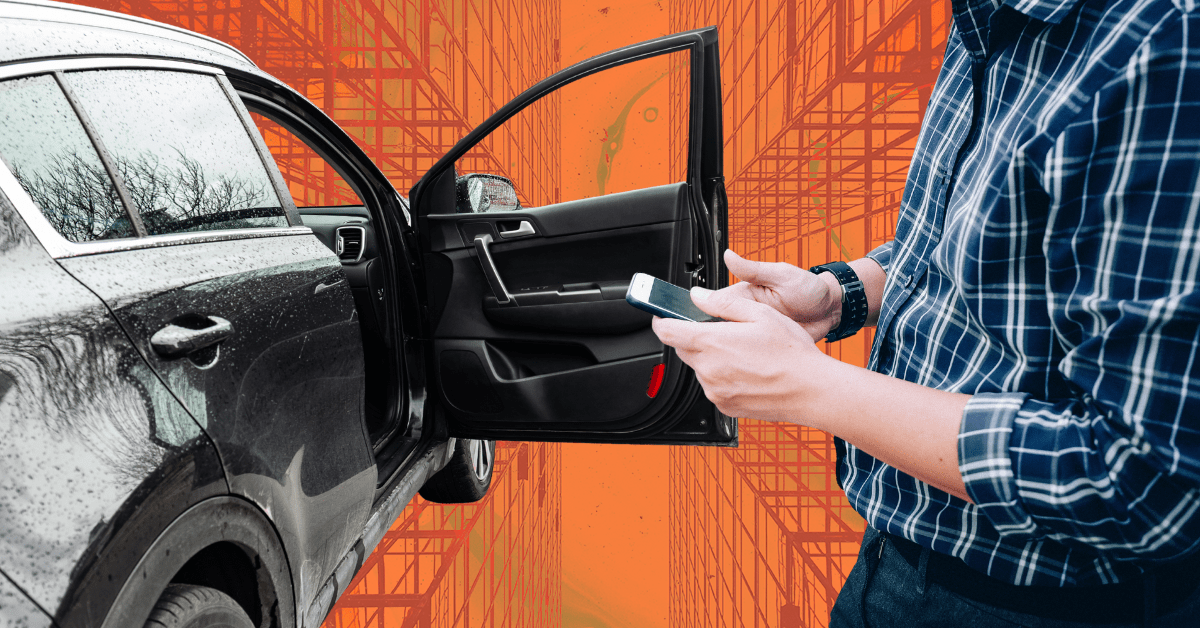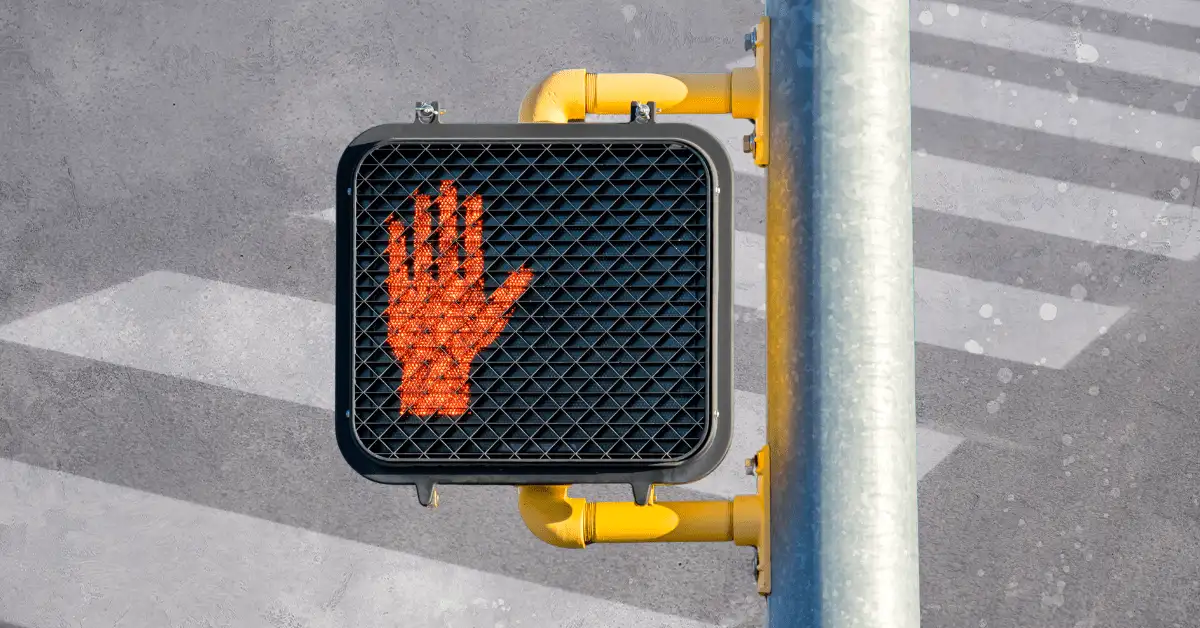We’ve all seen a nightmare Waymo scenario, like the horde of honking robotaxis or Waymos blocking first responders.

But why does it seem like Waymo is the rare tech company doing it right?
Are you going my Waymo?
Ars Technica’s Timothy B. Lee took a look at nine months of Waymo’s self-reported crash data:
- Only one of 38 collisions was “clearly” a robotaxi’s fault, in Lee’s opinion.
- Many crashes involved someone hitting a stationary Waymo.
- Others were from drivers veering into a Waymo’s lane or overreacting to something it did.
By Waymo’s estimation, its cars are safer than human drivers.
- Over the 44m miles driven by Waymos in its two biggest markets — Phoenix and San Francisco — through December, the cars were in 13 airbag-triggering crashes.
- Waymo used human crash data to estimate that humans would have gotten into 78 crashes if they’d driven the same distance in the same areas.
- This is Waymo’s data, so it’s only worth so much, but you could argue that the driverless cars are 83% safer than normal cars.
AAA says…
… that the vast majority of Americans don’t trust driverless cars, but maybe that should change.
Based on Ars Technica’s analysis, these collisions aren’t typically happening because the Waymo did something wild; it’s because a human did something unexpected while the Waymo was trying to follow traffic laws.
- Again, the argument could be made that the Waymo is safer than a potentially impatient or distracted human driver.
Waymo’s safety record…
… comes only from the handful of cities it operates in, but that list is growing as competitors collapse.
- Tesla’s robotaxi service has yet to manifest.
- GM’s Cruise service has sunk.
- Meanwhile, Waymo is looking to expand to Washington, DC.
The fully autonomous freeway from Minority Report might be possible soon, but hopefully the federal government’s crackdown on “Precrime” is further off.
Transportation










